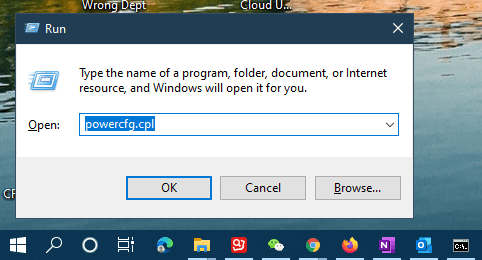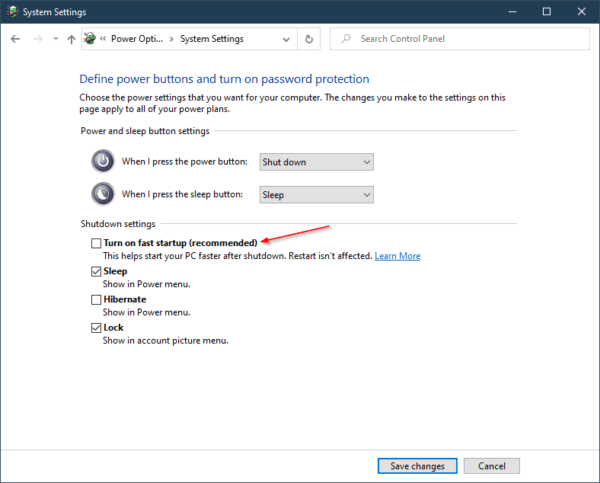A number of computers on my network have been running non-stop for almost a month, according to the uptime info I pulled from the network. However, the reality was that a large portion of these computers had been shut down during the night.
So why the uptime was reset after the shutdown on these computers? Who’s messing up with my uptime?
I have been scratching my head but didn’t pay much attention to it until recently after one of our readers left a comment stating that:
Actually not even powering off the computer will reset the UPTime.
If you check with taskmanager will see that the uptime is not reset after power off the computer, since its not a real power off in windows 10
Restart is the only that will reset the uptime counter.
A quick test confirmed that is the case. But why?
Remember the term “Fast Startup” buzzing around when it’s first introduced in Windows 8?
It’s a feature designed to reduce the time it takes for the computer to boot up from being fully shut down. The key difference is that it hibernates the kernel session, instead of fully closing it, so it takes substantially less time to write to disk. As a result, booting up a computer is much faster than before.
However, because of this hibernation process, it messes up the uptime and could potentially interfere with other 3rd party software behavior as well.
Rebooting prevents this from happening and properly reset the uptime on your computer. But that isn’t perfect either. So, if an accurate uptime is important to you, the only other option is to disable the Fast Startup.
Disabling Fast Startup
To disable it, press Win+R, type powercfg.cpl, and hit Enter to open Power Options control panel.

Click Choose what the power buttons do.

Click Change settings that are currently unavailable if you see it, then uncheck Turn on fast startup, and click Save changes.

Disabling Fast Startup via Group Policy
Unfortunately, there is no setting in the template that can disable it via Group Policy. The only workaround is to set the following registry to 0 and push out via GPO. Not ideal, but it might work.
HKLMSYSTEMCurrentControlSetControlSession ManagerPowerHiberbootEnabled
